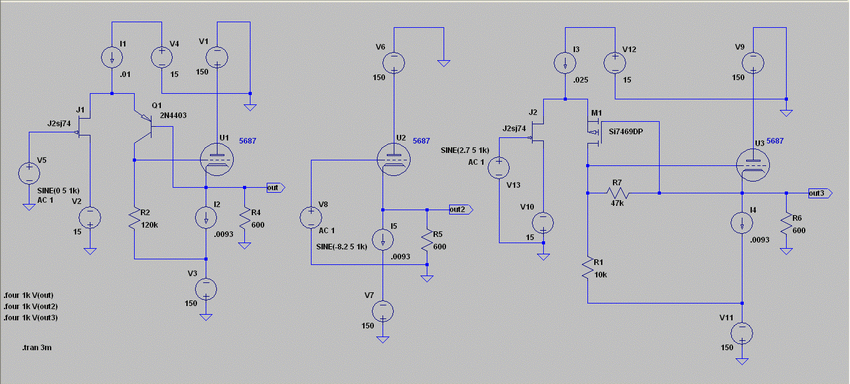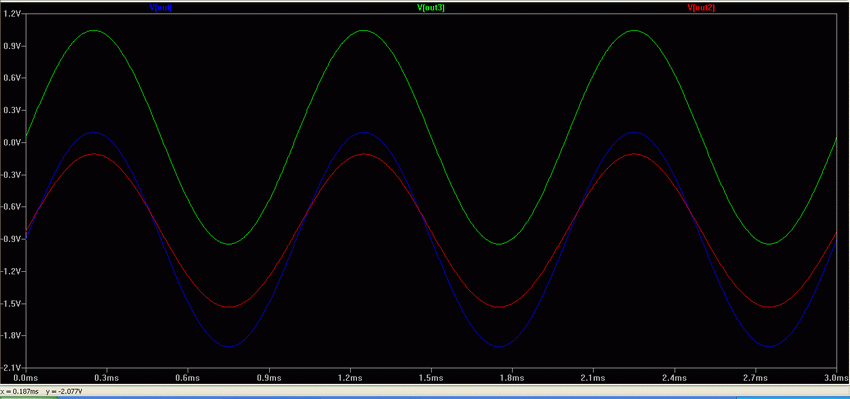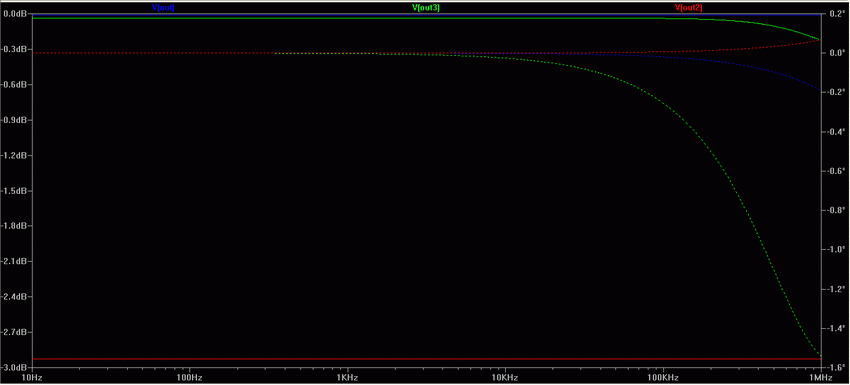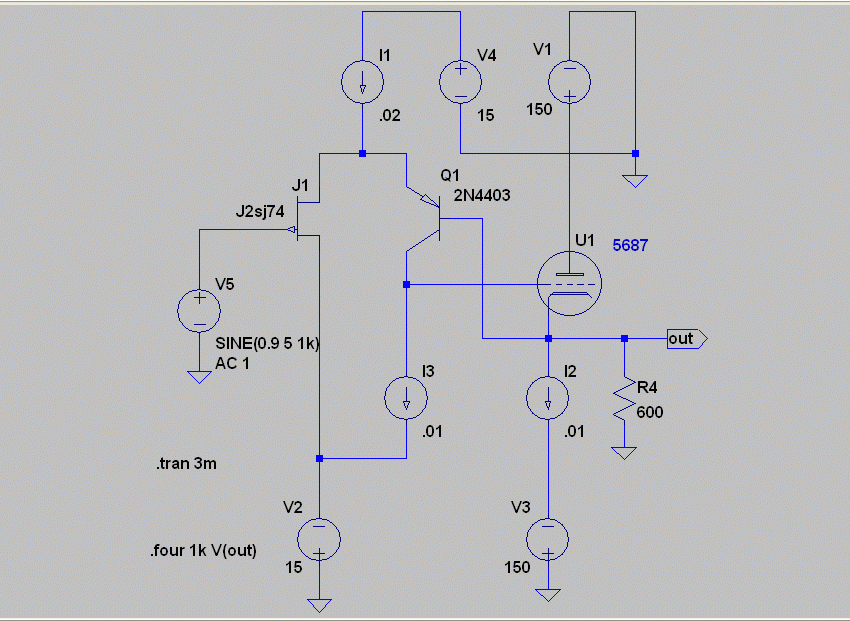 this will be a quick post about something i’ve been thinking about… been working on phono stuff for a while and i do love the sound of nickel LCR RIAA. i have to say that slagle has shown me the light in this regard. and i also do really like the “medium impedance” thing too… 7.5K is a fabulous compromise, easy to drive and being able to use standard value caps in the filter is the only way to go for me from now on. i hate paralleling all those little styrenes… however, it is not always possible to convince a customer who has their head wrapped around the pultec or emt/neumann preamp idea and a 600 ohm RIAA. what do you do? it is really asking a lot for a small signal tube to do that job. you need a 60 ohm output impedance to do it right and it needs to be able to pop and crackle sublimely… otherwise it is just a lot of hard work for nothing.
this will be a quick post about something i’ve been thinking about… been working on phono stuff for a while and i do love the sound of nickel LCR RIAA. i have to say that slagle has shown me the light in this regard. and i also do really like the “medium impedance” thing too… 7.5K is a fabulous compromise, easy to drive and being able to use standard value caps in the filter is the only way to go for me from now on. i hate paralleling all those little styrenes… however, it is not always possible to convince a customer who has their head wrapped around the pultec or emt/neumann preamp idea and a 600 ohm RIAA. what do you do? it is really asking a lot for a small signal tube to do that job. you need a 60 ohm output impedance to do it right and it needs to be able to pop and crackle sublimely… otherwise it is just a lot of hard work for nothing.
as many of you know, i am a hopeless contrarian. so i love hybrid tube/solidstate… but not the dumbass tube front end with a solid state buffer out. boring and not usually so fabulous sounding. although i really love JFET buffers. i just haven’t completely loved the mosfet buffer thing yet. that could change? nelson pass’ stuff isn’t bad at all… i need more time to try it out myself, to get used to the sound. it is really different. off hand, i think it’s a bit plain for my taste. and a bit hard. but not like halcro! yuck. no, for me, i like sneaky mixes. and i love that i can say fuck off to both the vintage crew and the high end guys at the same time with the same gadget! efficiency! that’s good engineering.
philips made some voltage references for power regulators in the 60’s that used a tube/transistor feedback cathode follower to get a lower output impedance and better stability. in an otherwise completely standard regulator circuit, with an EL500 as the pass element, they have a dual diff DC error amp with a buffered Vref on the first grid. the error signal on the other side. this circuit used the grid/cathode voltage of a cathode follower to sneak in a PNP transistor that amplified the output signal and returned it to the input. a 2 ohm Z out is claimed (for the Vref) using one section of an E80CC. interesting circuit. i am sure the reg works! but i was more interested in the cathode follower. i have played with variations on this idea on and off… it isn’t so complex that it adds so many more parts, but is more complicated. the performance is excellent and the sound is there. but it puts limitations on the range of operation much as any feedback circuit. clip it, and things are often worse than they would be without the fancy tricks. the limit is on the input level, because of the feedback amplifier. up until it’s diode line, it helps… after that, it un-helps. the question is, within range, is it helpful driving a 600 ohm RIAA into overload and recovering fast? it has led me into some fun experiments with local active feedback around a cathode follower… something i think is a very interesting technique. it does allow a 5687 to drive the hell out of a 600 ohm LCR filter, something it doesn’t do so lovely without help.
in the schematic above you see the basic idea… the circuit on the left is it, i added the source coupled stage instead of a VR tube… (this is a buffer, not a voltage reference!) the middle is a classic CF. and the right hand side is something more out there. the classic circuit gets into trouble already at 5V PP into 600 ohms. pops and clicks from LP’s are ugly. the modified philips style is even more sensitive, although up until it does clip (about 7 volts), it is exquisite. it’s the JFET source follower that craps out. increasing the current increases the range, but things get hot. it does recover fast, though. the feedback helps restores things. the insertion loss is also very low with the FB buffer, something like .05dB (!). it’s 3 dB with the classic CF. the mosfet circuit has an extra local FB loop from drain to gate and it does get you something extra for the trouble. the distortion actually goes down (!) as the signal level increases. very interesting in a DC combination with a Gm amp and a LOT of NFB. that’s not for the DIY guys though…


clicks and pops are so benignly handled by both FB buffers shown here, as long as they are clipped. they can be used at the output of a high gain block, and then drive the 600 ohm LCR at the output of the phono preamp as the load. simple, elegant and can save a low Z stage earlier in the pre. here’s the poop: the red trace is the CF, the blue is the philips style. and the green is the mosfet FB circuit. interesting stuff. if you don’t mind throwing current at everything, the input range can be improved quite a bit… still it’s the idea that inspires me.
here’s a quick update: i have rearranged the first buffer to draw more current at the source follower and the feedback amp… also, the load for the 4403 comes off the low B-. now the simpler circuit works as well as the more complex one. this one is also working with an input of 10 VPP.


